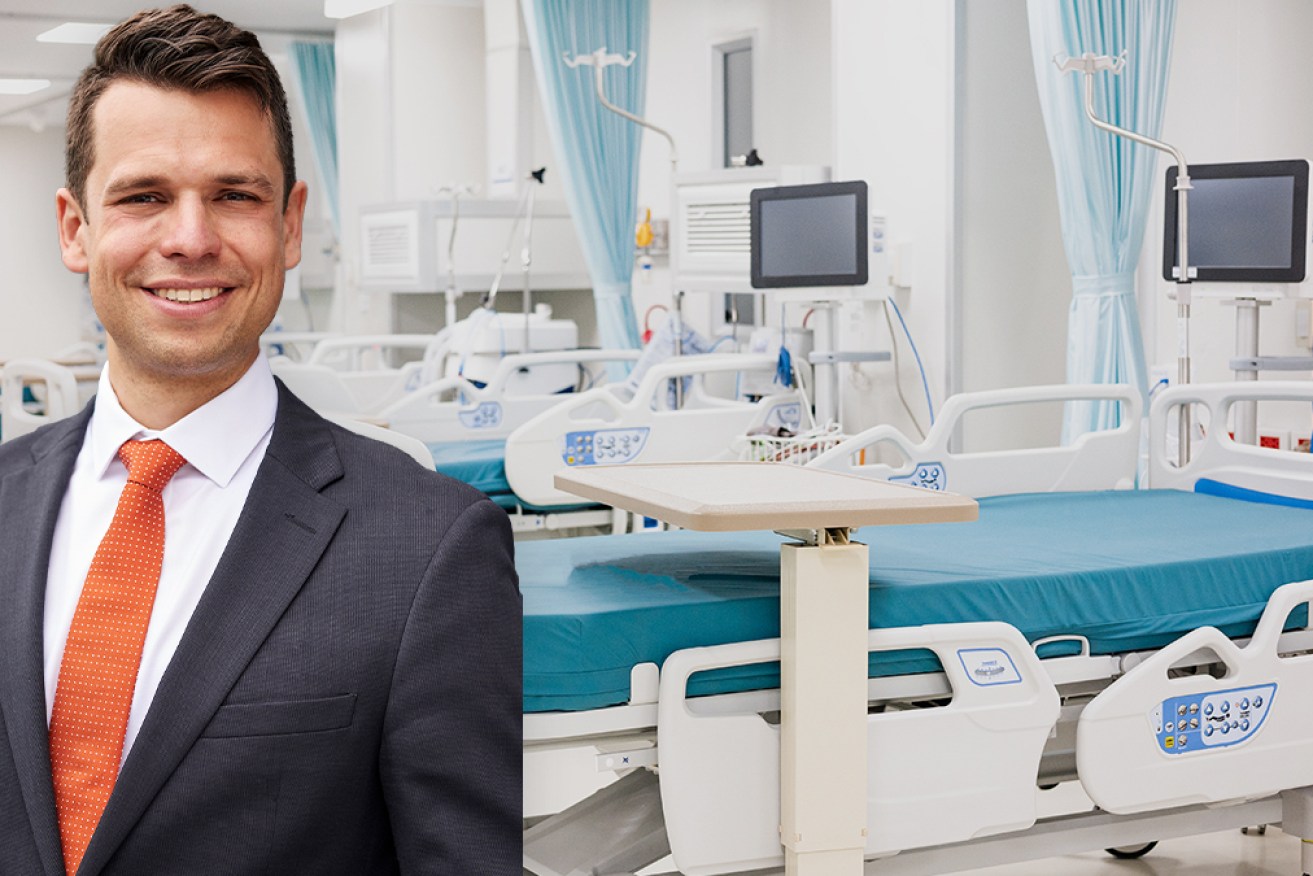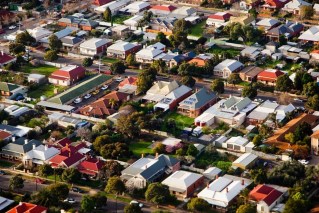The Stats Guy: Healthcare reform – would you like some housing with that?


What happens when a major health provider doesn’t have enough workers? Image: Getty, TND
Three news stories caught my eye last week. Let’s summarise them, see how they are connected to demographics, and which relatively easy and cheap addition to new hospitals would help to improve the outcomes for all three issues.
- National cabinet’s response to a report about reforming Medicare
- Closure of the Epworth maternity ward in Geelong
- Rental market in crisis.
A few months ago, I praised politicians for implementing systemic changes. Now, I must yet again praise elected officials.
On Friday, the national cabinet agreed in principle to a systemic Medicare reform. This blended model better integrates nurses and allied health workers, modernises digital systems, and takes pressure away from GPs and hospitals through a newly established network of urgent care clinics.
Where will all the healthcare workers come from to staff the newly established clinics? Digital improvements could free existing workers to do more patient work and less filing work. More than anything, more workers will be needed.
What happens when a major health provider doesn’t have enough workers could be seen last week at the Epworth maternity ward in Geelong.
Despite Geelong experiencing a surge in births because so many young families are moving there from Melbourne, the hospital had to close its maternity ward. The ward apparently had 14 full-time equivalent roles vacant. That’s an insane vacancy rate of 44 per cent.
There’s a housing crisis
The Australian Nursing and Midwifery Federation explained how tight the labour market is for midwives, and argued the hospital didn’t do enough to attract and retain staff.
Rental costs have increased massively, hurting low-income earners and young people the most. No significant and immediate drops in rental costs are predicted. Forget home ownership; getting into a home is becoming increasingly hard. We need to add a lot of stock. We also need to build many new boxes to make housing more affordable.
Now that we’ve looked at these three news stories, let’s add demographics to the mix.
Australia is growing – quite rapidly if we can trust federal forecasts. We need to accommodate approximately 1000 additional people every day. Finding jobs for them is the least of our worries as the skills shortage is here to stay. It’s much harder to house them.
The ageing of Australia will speed up like crazy in the coming decades. The 85+ cohort will double to over one million people by 2035. Yes, growing old as a nation is expensive but, more importantly, it is outrageously labour-intensive.
Over the past four decades, we quadrupled the number of health workers and doubled the share of the workforce employed in health care. The Millennial generation (born 1982 to 1999) will continue to enter the family formation stage for another 12 years or so.
Their apartments in hipster, inner-city suburbs become too small. Their search for affordable three-to-four-bedroom homes leads to huge population growth on the urban fringes and in regional areas within a two-hour radius of our largest cities. We know where population growth will occur, and we know that new infrastructure will be developed there.
Putting all this together, what is one relatively simple thing that developers and financiers of the new hospitals that will undoubtedly be built should include in their designs of new health precincts?
Staff need homes
A newly developed hospital (or health precinct) must be accompanied by an adequately large housing development owned and operated by the healthcare provider.
Owning housing can help healthcare providers attract and retain staff. Instead of increasing wages, the healthcare provider offers a rare resource (housing) at a truly affordable price. Maybe rental costs represent a fixed share of a salary.
When staff members switch employers, they lose their discounted rent and switch to market rates. By having staff housing partly occupied by free-market tenants, vacancy rates could be kept low and profits maximised.
Such staff housing should look good on the balance sheet and thereby keep the accountants happy (granted, the accountants would need to sort out fringe benefit issues with this approach, but they surely can handle that).
If the Epworth maternity ward had access to such staff housing I am certain they would have managed to attract midwives from other organisations. In an extremely tight labour market, healthcare precincts compete against each other for staff.
The goal is to grow the health workforce to an adequate size (structural reforms can minimise the need for additional staff to a degree), but in the meantime, each provider will be looking for competitive edges.
Housing could be such an edge – as every new dwelling helps take a tiny bit of pressure off the rental market, even the broader renting public would benefit from more staff housing in healthcare precincts.







